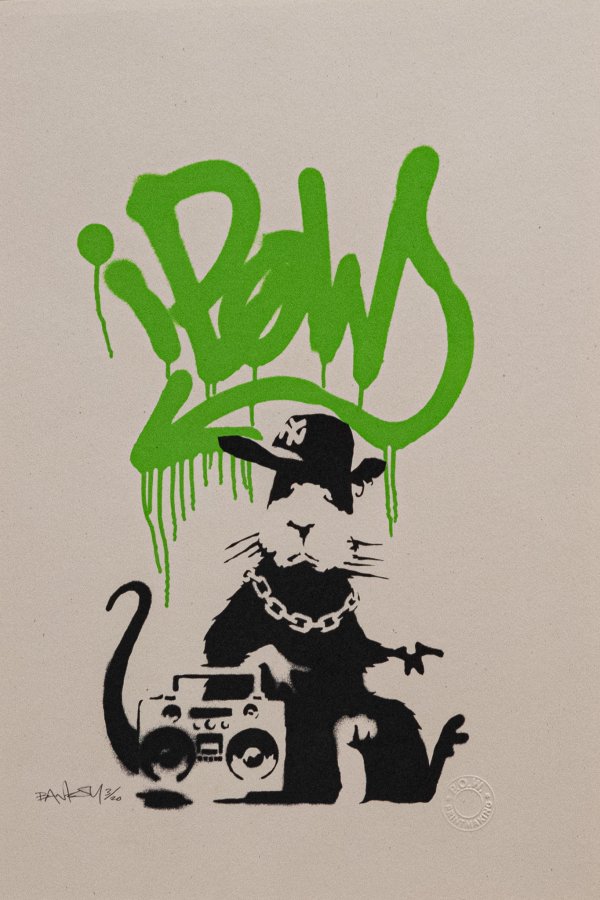
SPACE HACKING
Urban space is public space. Artists continue to challenge and reclaim the streets, playing a vital role in urban areas. These alternative and often marginalized spaces provide communities with a sense of identity, belonging, and expression for individuals who may not fully identify with mainstream culture.
In the face of globalization and urban homogenization, artists create site-specific and site-responsive artworks that resist being swallowed up by generic urbanization. By appropriating unseen and overlooked spaces, artists offer a form of resistance and social commentary that often emerges organically in response to societal issues or political climates.
Urban installations take many forms, introducing humor and thought-provoking messages. Temporary or permanent, large or small, these transformations help us reimagine the urban landscape. Though fleeting, they can also leave a lasting impression, challenging our perceptions of the city environment.
Introduction
Have you ever questioned the rules of your city? Urban space is public space and artists challenge and reclaim the streets with site-specific and site-responsive artworks that resist being swallowed up by generic urbanization. They use urban space as their canvas to challenge social norms and widespread notions. Their works have more than an aesthetic purpose—the artists are creating actions in the urban environment.
Their commitment to independence can serve as encouragement: for creative resistance even in neglected urban areas. Whether large or small, short-lived or permanent, these imaginative and often humorous artworks that “hack” their way into public space are diverse in nature and leave a lasting impression.
In this chapter, you will be encouraged to reflect on the importance of public space and to recognize how we can all help shape the city.







Bordalo II
Can you figure out what material Bordalo II’s work is made from? Maybe you can tell that it’s recycled plastic bottles and LEDs! This installation is part of his series of light artworks that he started during the pandemic. By bringing these works out into the streets, he flooded his hometown of Lisbon with color and life, while also showing how eco-friendly art can be. Now, his works can be found all over the world—from Singapore to Brazil, from Europe to the United States and even to French Polynesia.
Bordalo II, also known as Artur Bordalo, originally studied painting but now works mostly with trash. He creates massive artworks and installations with discarded materials. Sculptures of animals made from old junk appear to reclaim their habitats. This is his way of raising awareness about pollution and encouraging us to rethink our consumption habits.
For over a decade, he has been collecting materials that would otherwise be thrown away— 225 tons so far! His works are not only visually stunning but also send a powerful message: We’ve got to get ourselves producing less waste and recycling more.
INFORMATION
This work can be viewed particularly well from the upper floor.

HA Schult
The artist HA Schult, born in 1939, is internationally regarded as a pioneer of happenings in public space. He drew attention to ecological issues over fifty years ago, long before environmental protection became part of the public debate. In the 1960s, he invented the term “biokinetics” for his objects and installations made of organic material. Through a natural decomposition process, these works of art change over time.
He also became known worldwide for his Trash People. These are life-size figures made of garbage. Placed in politically significant locations such as the Great Wall of China, the Red Square in Moscow and even in the Arctic, they draw attention to environmental destruction. Schult says: “The Trash People are an image of ourselves. We produce trash and become trash.”
The photographs presented in the exhibition are the documentation of his Love Letters project. In 2001, he issued a public call for people to write personal confessions of love. As a result, he received over 100,000 letters. The most beautiful of these were scanned, enlarged and printed on a waterproof, paper-like material. The large former post office in Berlin's Scheunenviertel district was completely covered with all these letters and thus became an “emotional monument”. Schult presents impressive photos and letters in five red newspaper boxes. The discarded sales boxes are part of his artistic charity project “Verlust bringt Gewinn” (Benefit through Loss). With each box sold, Schult donates the proceeds to the association Kunst hilft geben e.V. to support homeless people.
INFORMATION
This work is located on the upper floor.

PREVIOUS CHAPTER:
"SUBVERTED SPACES"

NEXT CHAPTER:
"NOT ANOTHER PRETTY PICTURE"

